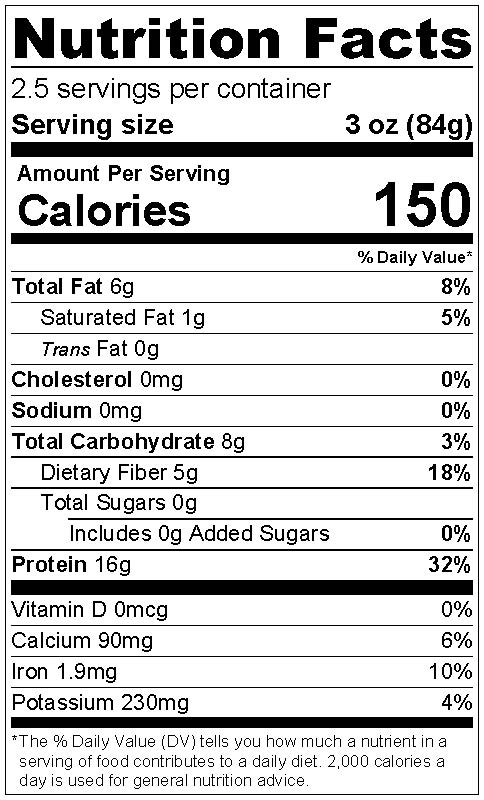What Is Tempeh Nutritional Value?

Tempeh is a delicious Indonesian soy food, which is made using fermented soy beans. It is usually made through a controlled and natural fermentation process, which binds the soybeans together in a tough, chunky cake form. In the past, tempeh was primarily used in the Asian continent, but nowadays it can be found almost anywhere. In fact, it has become an increasingly popular meal item in the United States and other developed countries. Although there are different ways to prepare it, tempeh is generally made up of the soy bean, water and other natural ingredients.
Tempeh is a great source of natural dietary proteins, as it contains all eight essential amino acids. These include lysine, which are crucial for healthy muscle development, methionine, which is necessary for muscle maintenance, and arginine, which are key for blood clotting. In addition to providing a high amount of protein, it is also a great source of fiber, which helps lower cholesterol levels.
But what is tempeh nutrition? Is it good for you? The answer is yes. This versatile food can be used to add texture to recipes, such as sauces or dips, and it can even replace beef in many recipes. Because it contains all the essential amino acids, it is essential for proper digestion, and a diet lacking in this protein can actually lead to a variety of stomach disorders, including irritable bowel syndrome and celiac disease.
Tempeh can also be used as a meat substitute, in soups and stews. When used sparingly, it provides great benefits. When used on its own, it can be a filling alternative to meat, especially when mixed with other vegetables.
A well-balanced diet is essential for tempeh nutrition. It should contain as much of the eight essential amino acids, as possible, plus a little bit of protein, carbohydrates, fat, fiber, and water. To get these nutrients, make sure to eat your tempeh with plenty of green vegetables and fresh fruit. For example, use fresh tomatoes instead of canned tomatoes when making pizza sauce. In order to get the most benefit from tempeh, cook it on the stovetop, as opposed to deep frying.
As a healthy choice for a meal, tempeh nutrition is also good for diabetics. Since it contains a good amount of proteins and fats, it can help in the regulation of blood sugar levels. It can also help reduce the risk of cancer, since it contains a substance called “phytochemicals.” These chemicals are considered to have antioxidant, anti-inflammatory and antioxidant properties.

It may also help to prevent osteoporosis and colon cancer.
Tempeh is also a very good source of protein, helping to maintain a healthy digestive system and promote a balanced immune system. Because it’s made up of all eight essential amino acids, it has been shown to help with the body’s ability to absorb essential vitamins and minerals.
So if you’re looking for a new way to add some variety to your diet, look no further than tempeh. You’ll love how it tastes, how easy it is to make into many dishes, and how versatile it is. Even if you’re not a vegetarian, you can enjoy tempeh nutrition. if you add some variety to your meals.
Tempeh is also a great source of vitamin E, which helps to prevent and fight free radicals that can damage cells. It also has some unique antibacterial qualities, which can be very helpful for your body against the spread of germs and bacteria in the digestive tract.
Some studies have indicated that tempeh nutrition may even help you burn more fat. If you’re trying to lose weight, consider adding tempeh to your diet for a few weeks or months. There’s no reason not to try it.
If you’re not a vegetarian, there are also many other health benefits of tempeh for you. You can find out more about them by visiting our website.